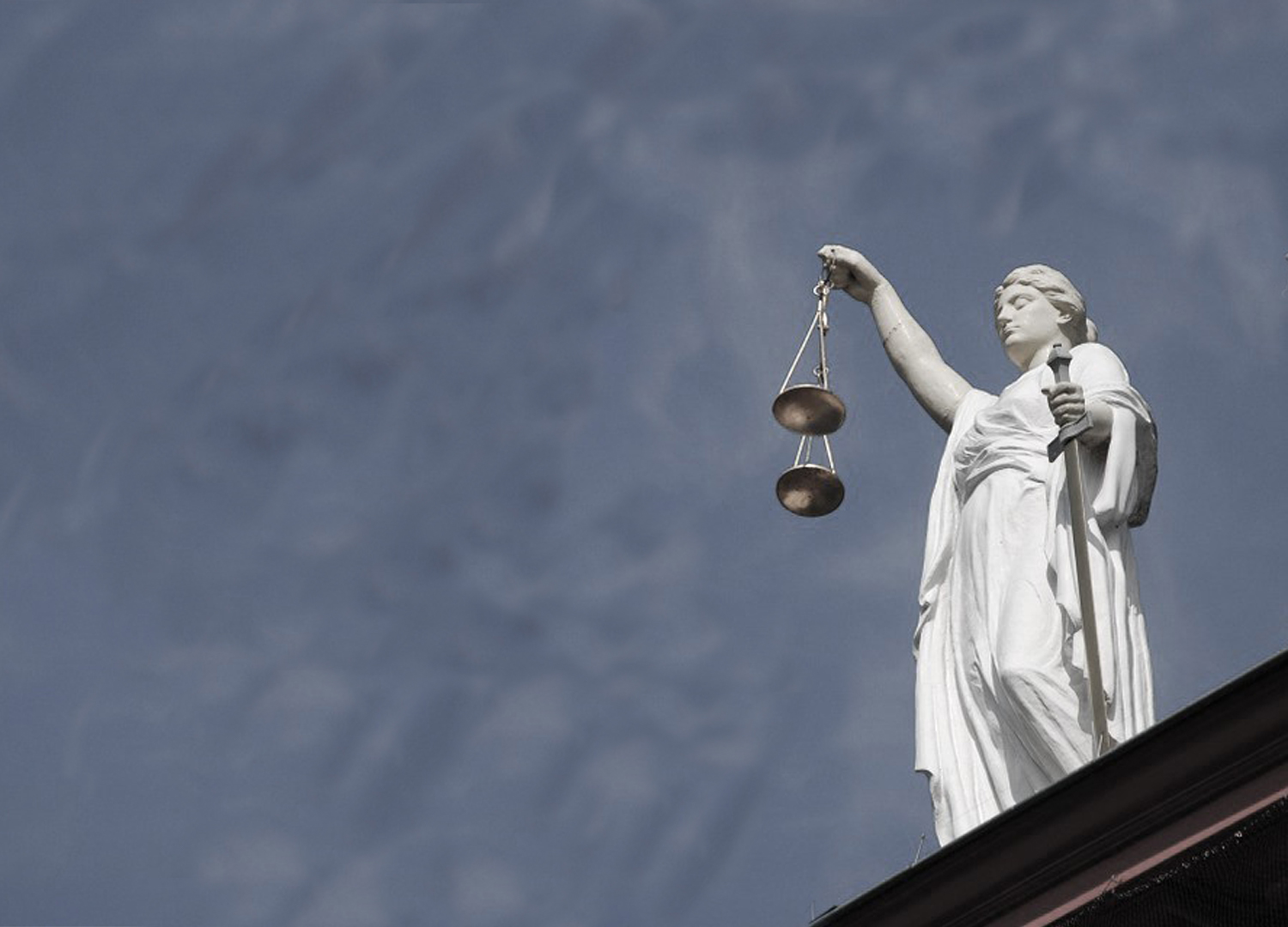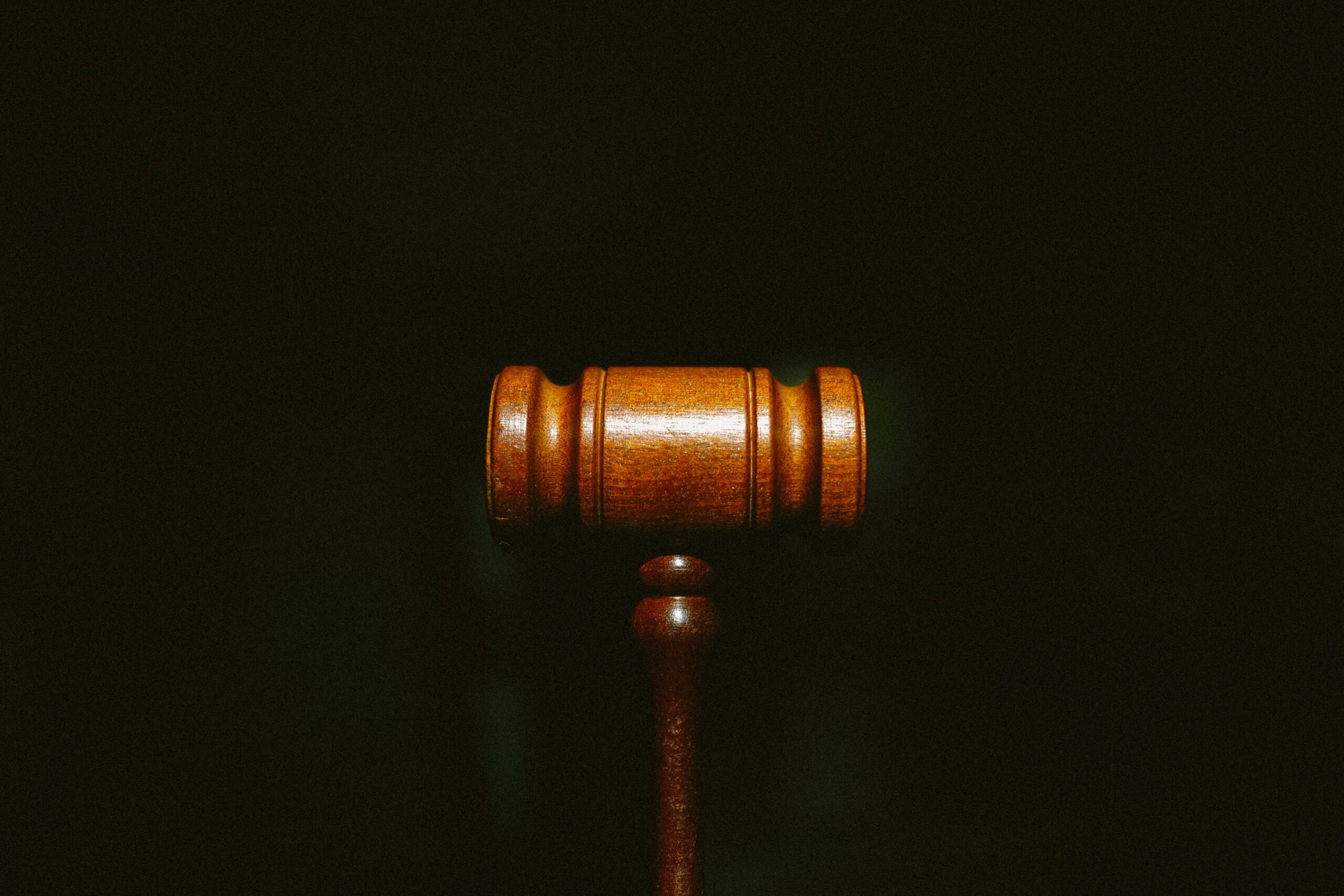
After Nietzsche’s proclamation of “God is dead”, in the middle of last century, C.S Lewis had warned us about the “poison of subjectivism” in his seminal collection of essays, ‘The Christian Reflections’. Perhaps the chronology of the proclamation and the warming is telling.
“Morality is subjective”, they say. “What’s right for you may not be right for me!” is the buzz phrase of our times. Psychologists today attack any sort of moral absolutism and have absolved their subjects of any kind of guilt whatsoever. Moral relativism has also permeated into our pop culture. In India, Jalāl ad-Dīn Muhammad Rūmī is one of the most-read poets and one of his couplets has been often quoted in movies including Imtiaz Ali’s Ranbir Kapoor starrer Rockstar. “Out beyond ideas of wrongdoing and right-doing there is a field. I’ll meet you there” says Rumi. The song ‘Shades of Gray’ by Monkees is particularly interesting. It goes-
It was easy then to know what was fair
When to keep and when to share
How much to protect your heart
And how much to care
But today there is no day or night
Today there is no dark or light
Today there is no black or white
Only shades of gray
Only shades of gray
Though the 17th-century Scottish politician Andrew Fletcher had said, “Let me make the songs of a nation, and I care not who makes its laws.” Unfortunately, we do not have that luxury. The hot pursuit of jurists and legal scholars over centuries now has been to define what is right and what is wrong for society. Unless the society is governed by laws which are uniform and ‘absolute’, it becomes susceptible to anarchy. Red traffic lights cannot mean caution for some and inviting Christmas lights for others.
Natural Law vs Positive Law
The ancient Greeks had propounded a moral foundation for laws, the doctrine of ‘natural rights’. The Roman jurists sought to discover and declare the content of the ‘natural law’. During the middle ages, theological naturalists including Thomas Aquinas put forward a theological foundation under natural law and Christian morals were considered as the basis of law.
At the end of eighteenth century, analytical jurists including Immanuel Kant replaced the rational foundation by a metaphysical natural. The analytical jurists argued that no foundation was needed for law as the law stands upon its own basis as a system of precepts imposed or enforced by the sovereign and it was asserted that law and morals are distinct, that law derives its authority from the ‘state’ and not from morals.
The former is loosely referred to as “Natural Law” school of thought and the latter advocated by analytical jurists was referred to as ‘Positive Law’.

Inherent Contradictions of Positive Law
The issue with the approach of positive law is that it makes the sanction or approval of the sovereign as the only criterion to judge laws excluding any natural or transcendent basis. If the sovereign lays down laws, it ought to be followed. This pent up contradiction within positive law finally erupted in the middle of the 20th century in the aftermath of World War II when our world woke up from its collective slumber to the ghastly holocaust. The most famous defence of the accused during the trial was “superior orders” and “law of the land” defence. They argued that the treatment meted out to the Jews was as per the orders of their superiors which had to be followed and were in perfect sync with the laws of the Third Reich. One senior Nazi official, famously called the ‘diplomat of death’, Joachim Ribbentrop, had claimed that ‘there is no law which says that our actions were illegal and all that we were doing was legal according to the law of our land.’
The positivist jurists were confronted with the same contradictions they had been perpetuating over centuries now. If a law, even if it is racial/discriminatory, was laid down by the government requiring them to treat Jews in a particular manner, how is it a crime for them then?
For the record, this was not the first time the western powers were confronted with this question. Gandhi had criticized ‘unjust’ laws which discriminated against natives both in South Africa and after he had returned to India culminating in the famous Dandi march, where he, accompanied by many of his followers walked upto the Gujarat coastline and deliberately flouted the ‘salt laws’ and courted arrest. Many liberal activists in the United States had spoken out against the infamous Jim Crow laws and its vestiges in the United States. Rev. (Dr.) Martin Luther King Jr. had finally summarized years of activism in his pivotal work – The letter from Birmingham Jail.

Supreme Court’s Tryst with Positive School
Even with its high voltage history, the debate between the natural and positive schools of thought continued in India at least till the 80s. One of the earliest instances of when the Supreme Court had to deal with this question was in the landmark case of AK Gopalan v State of Madras. The case dealt with the legitimacy of a preventive detention law vis-à-vis the fundamental rights guaranteed by the Constitution of India.
At this point, a brief understanding of Article 21 is an imperative. Article 21 states that “no person shall be deprived of his life or personal liberty except according to procedure established by law”. Hence, the core question in Gopalan case was whether merely a procedure established by law was enough to deprive (by way of preventive detention) someone of his/her life and liberty or should that law (to detain people) should also be ‘just’ and ‘fair’ in addition to being merely ‘established’. The Court, unfortunately, spiralled towards the positive school and decided that the procedure established by law was enough for a law to stand and the justness or the fairness of the law is beyond the scope of their review which should be left to the ‘wisdom’ of the legislature.
Change of Heart?
The view of the Gopalan case stood its ground for almost a decade and a half. In the interim, the Supreme Court was constantly confronted with similar questions on the relationship of law and morals. The days of Nehruvian consensus was over and our country was headed into two wars, multiple crop failures and the spike in populism. Every civilization faces a crisis which triggers a course correction. In India’s case, it was probably the Emergency of 1975. The Supreme Court graduated from being a conservative government-trusting court to a court which evaluates its own assumptions and surmises.
The core ruling of Gopalan case was challenged in the now momentous case of Maneka Gandhi v Union of India. Maneka Gandhi’s passport was impounded on July 1977 by the order of Regional Passport Officer, New Delhi. On being asked about the reasons, the Ministry of External Affairs declined to produce any reasons “in the interest of the general public.” Further, the Passport Act, 1967 under which her passport was impounded, did not provide any transparent process for such actions; however, it did provide (procedure established by law) the power to impound. This time, the Supreme Court came around and it was held that a procedure lacking ‘rationale’ and ‘fairness’ is void. Procedure, as established by law, should not be ‘bizarre’, ‘oppressive’ or ‘arbitrary’ otherwise it would not be a procedure in law. A procedure to fulfil this basis should fulfil the needs of natural law. The concept of not only “Lex” (laid down law) but “Jus” (just law) prevails.

Towards Morality
The departure in the Court’s thinking necessitates a moral judgement and clearly shows that the Court read morality into law probably for the first time in India’s post-independence history. It was impossible for the Court to have decided what is ‘fair’ and ‘just’ without referring to some moral standard, even though the Court was unaware of its contours.
Post the Maneka Gandhi case, the Supreme Court has by and large stuck to the interpretation of laws in the light of natural law, however probably because of its secular orientation has not delved into the key question of the source of this “absolute truth” or “absolute morality”.
In the case of Navtej Singh Johar v Union of India, Chief Justice Misra had famously said, “courts must not be remotely guided by majoritarian view or popular perception rather they must be guided by the conception of constitutional morality and not by the societal morality”. Justice Chandrachud, in the same case, distinguished “public morality” from “constitutional morality”. In the former, “the conduct of society is determined by popular perceptions existent in society”, while the latter “requires that the rights of an individual ought not to be prejudiced by popular notions of society.”
In the case of Joseph Shine, the Court said, “Constitutional validity of criminal laws must not be determined by majoritarian notions of morality which are at odds with constitutional morality”.
It was Justice Chandrachud, who probably articulated the most telling statement on morality vis-à-vis our Constitution. In the case of Indian Young Lawyers Association v. State of Kerala, he said- “Constitutional morality must have a value of permanence which is not subject to the fleeting fancies of every time and age”.
He who “changest” not is the absolute ‘permanence’ the Court has been searching.
Permanence v. Fleeting Fancies
The journey of the Supreme Court towards moral absolutes has been an interesting one. From claiming, in the Gopalan case, that there are no absolutes and that the legislature is the sole determinant of what is right and what is wrong, to reading “fairness” and “justness” into law in the Maneka Gandhi case, the Court has come a long way in agreeing that morality must have a value of ‘permanence’ which should not be subject to the ‘fleeing fancies of every time and age’. The term ‘permanence’ reminds me of HF Lyte’s famous Anglican hymn-“Abide with me”. It reads-
“Change and decay in all around I see O Thou who changest not, abide with me”.
He who “changest” not is the absolute ‘permanence’ the Court has been searching.
What is the next logical step for the Court then? May be to ask what is this ‘absolute’? What is this ‘truth’ which pivots this absolute? I hope, after posing this question of ‘what is the truth’, it waits for an answer unlike Pontius Pilate who did not.

Pratik Patnaik
Pratik Patnaik is a lawyer and policy commentator based out of New Delhi.

